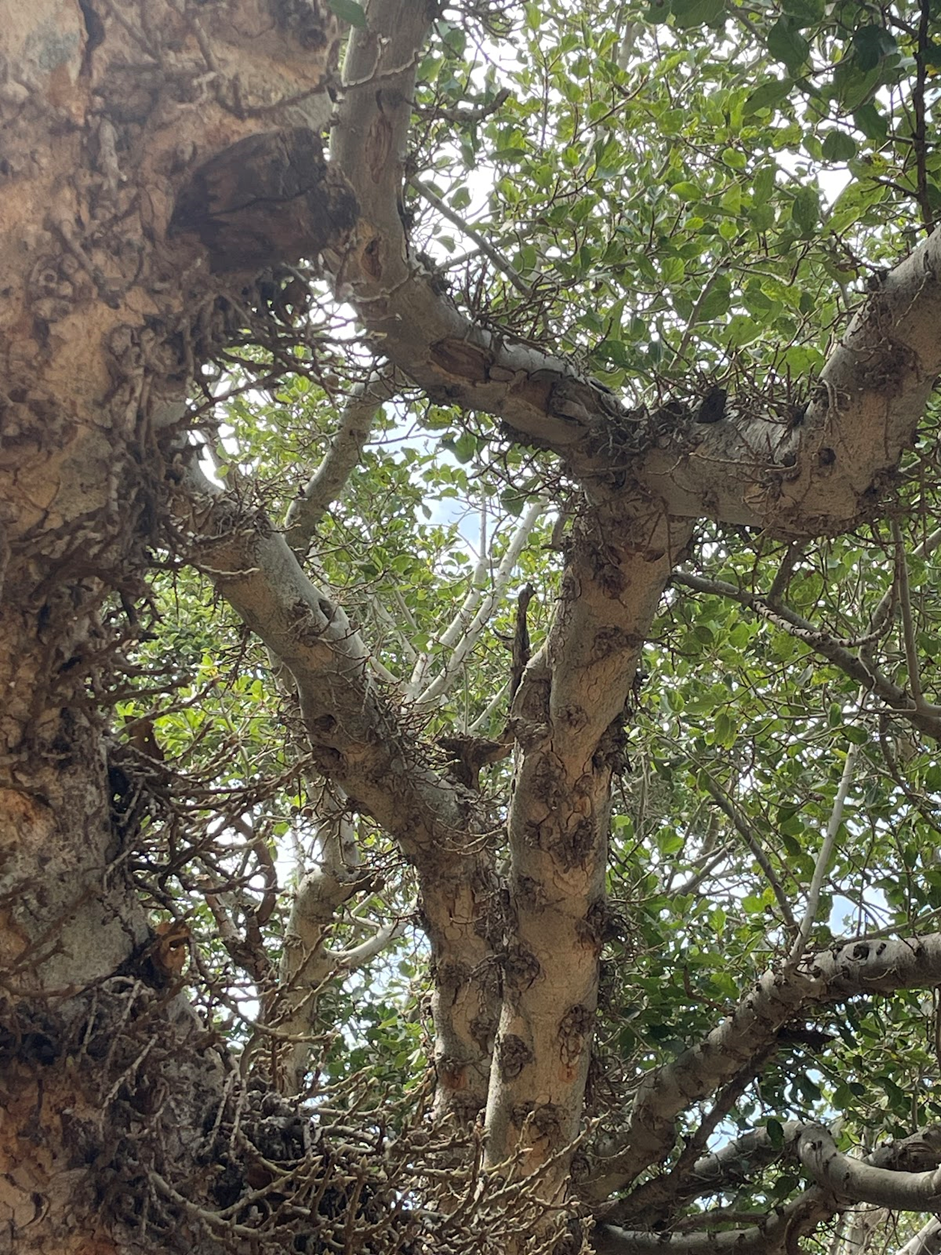Sycamores stretching from Egypt to Apollonia
- friendsjbg
- Jun 12
- 1 min read
Our nursery propagation intern Bella writes:
"This week I joined the Gardens’ nursery manager, Maya, for a study day focused on the conservation of Ficus sycamore trees.
The sycamore is an ancient tree, mentioned many times in our traditional sources – in the Bible and the Mishnah (a written record of oral laws dating back to the second century CE). From these texts, we know it was once very common in our region, used both for food and for construction. Interestingly, sycamores reached the Mediterranean region thanks to human cultivation. The tree does not grow wild here, as the specific wasp that pollinates it does not exist in this area.

We also know that a sycamore avenue was planted parallel to the coastline – starting in Egypt and reaching as far as Apollonia and even Hadera. Beyond that line, it was too cold for the tree to grow. It’s often described as a kind of natural border tree, marking the climatic transition between the Upper and Lower Galilee.
There are plans to restore this historic sycamore avenue – but for now, the initiative is stalled due to overlapping urban development plans in various cities. Naturally, such a project would be amazing for regional development, tourism, air quality, and overall quality of life. Hopefully, one day it will come to life.
I’m sharing photos of a 1,000-year-old sycamore tree located in Margalit Garden, Ashkelon. The tree was recently spared from being cut down, but real estate plans still threaten its existence."






Comments